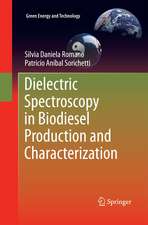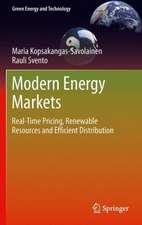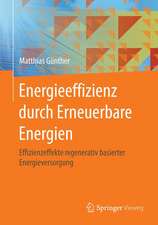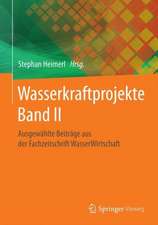System Reliability Assessment and Optimization – Methods and Applications: Quality and Reliability Engineering Series
Autor Y–F Lien Limba Engleză Hardback – 3 aug 2022
Din seria Quality and Reliability Engineering Series
- 24%
 Preț: 712.15 lei
Preț: 712.15 lei - 9%
 Preț: 724.96 lei
Preț: 724.96 lei - 9%
 Preț: 1738.83 lei
Preț: 1738.83 lei - 9%
 Preț: 1358.88 lei
Preț: 1358.88 lei - 9%
 Preț: 1566.52 lei
Preț: 1566.52 lei - 8%
 Preț: 690.80 lei
Preț: 690.80 lei - 9%
 Preț: 697.88 lei
Preț: 697.88 lei - 9%
 Preț: 785.43 lei
Preț: 785.43 lei - 9%
 Preț: 700.62 lei
Preț: 700.62 lei - 9%
 Preț: 801.52 lei
Preț: 801.52 lei - 9%
 Preț: 819.45 lei
Preț: 819.45 lei - 9%
 Preț: 817.61 lei
Preț: 817.61 lei - 9%
 Preț: 708.62 lei
Preț: 708.62 lei - 8%
 Preț: 643.69 lei
Preț: 643.69 lei - 9%
 Preț: 759.20 lei
Preț: 759.20 lei - 9%
 Preț: 730.25 lei
Preț: 730.25 lei - 32%
 Preț: 747.43 lei
Preț: 747.43 lei - 31%
 Preț: 627.22 lei
Preț: 627.22 lei - 31%
 Preț: 474.34 lei
Preț: 474.34 lei - 30%
 Preț: 535.17 lei
Preț: 535.17 lei - 31%
 Preț: 643.59 lei
Preț: 643.59 lei - 32%
 Preț: 605.47 lei
Preț: 605.47 lei - 31%
 Preț: 501.62 lei
Preț: 501.62 lei
Preț: 523.31 lei
Preț vechi: 688.56 lei
-24% Nou
100.13€ • 104.83$ • 82.86£
Carte disponibilă
Livrare economică 15-29 martie
Livrare express 04-08 martie pentru 35.17 lei
Specificații
ISBN-10: 1119265878
Pagini: 272
Dimensiuni: 177 x 245 x 21 mm
Greutate: 0.64 kg
Editura: Wiley
Seria Quality and Reliability Engineering Series
Locul publicării:Chichester, United Kingdom
Descriere
This book is a comprehensive overview of the recently developed methods for assessing and optimizing system reliability and safety. It consists of two main parts, for assessment and optimization methods, respectively. The former covers multi-state system modelling and reliability evaluation, Markov processes, Monte Carlo simulation and uncertainty treatments under poor knowledge. The reviewed methods range from piecewise-deterministic Markov process to belief functions. The latter covers mathematical programs, evolutionary algorithms, multi-objective optimization and optimization under uncertainty. The reviewed methods range from non-dominated sorting genetic algorithm to robust optimization. This book also includes the applications of the assessment and optimization method on real world cases, particularly for the reliability and safety of renewable energy systems. From this point of view, the book bridges the gap between theoretical development and engineering practice.


















